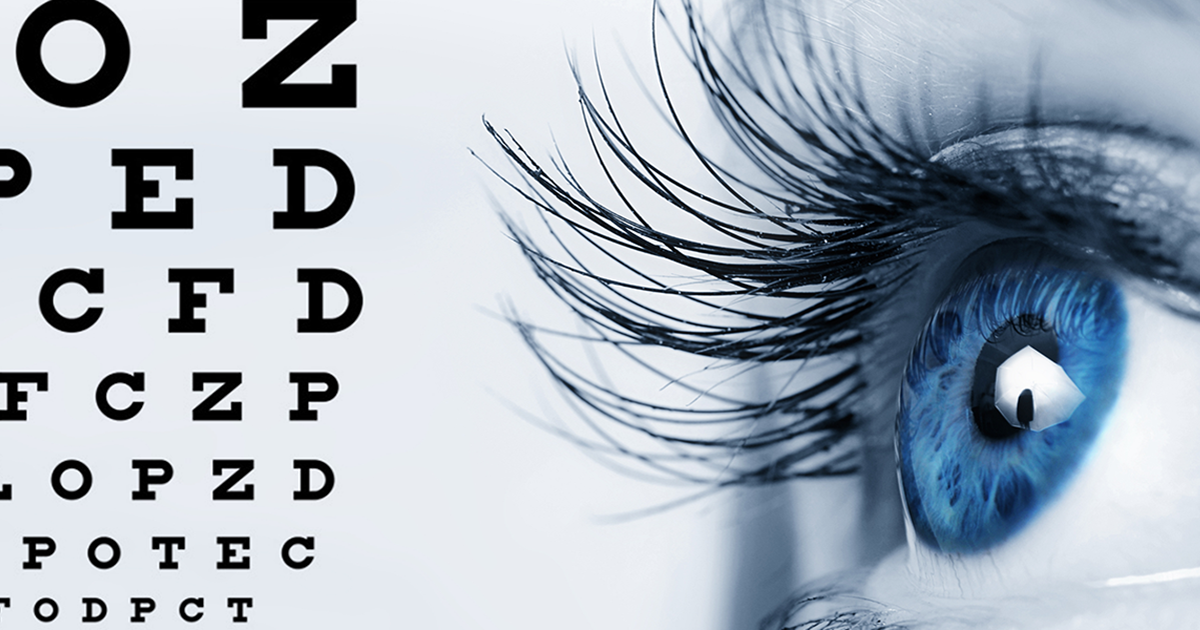Find the most effective Glaucoma Service Near Me: Professional Eye Treatment Solutions
Find the most effective Glaucoma Service Near Me: Professional Eye Treatment Solutions
Blog Article
The Function of Advanced Diagnostic Devices in Identifying Eye Disorders
In the world of ophthalmology, the use of innovative diagnostic devices has actually transformed the very early recognition and management of various eye conditions. As the need for exact and prompt medical diagnoses proceeds to expand, the combination of sophisticated devices like optical coherence tomography and visual area testing has actually ended up being essential in the realm of eye care.
Significance of Early Medical Diagnosis
Early medical diagnosis plays an essential role in the efficient administration and treatment of eye problems. Timely recognition of eye problems is important as it enables timely intervention, potentially stopping further development of the condition and minimizing long-term issues. By spotting eye disorders at a very early phase, doctor can offer suitable therapy strategies tailored to the certain problem, ultimately causing much better outcomes for people. Early medical diagnosis enables clients to accessibility required support services and resources faster, enhancing their overall high quality of life.

Technology for Finding Glaucoma
Advanced diagnostic modern technologies play an essential function in the very early discovery and tracking of glaucoma, a leading root cause of irreversible loss of sight worldwide. One such modern technology is optical comprehensibility tomography (OCT), which gives detailed cross-sectional pictures of the retina, permitting the measurement of retinal nerve fiber layer density. This measurement is essential in examining damage triggered by glaucoma. An additional sophisticated tool is visual area screening, which maps the sensitivity of an individual's aesthetic area, aiding to detect any type of locations of vision loss characteristic of glaucoma. In addition, tonometry is utilized to determine intraocular pressure, a major danger variable for glaucoma. This examination is important as raised intraocular stress can lead to optic nerve damage. Additionally, newer innovations like the usage of expert system algorithms in assessing imaging information are showing promising cause the early discovery of glaucoma. These sophisticated analysis tools enable ophthalmologists to diagnose glaucoma in its onset, enabling prompt treatment and much better monitoring of the illness to stop vision loss.
Function of Optical Comprehensibility Tomography

OCT's ability to quantify retinal nerve fiber layer density permits specific and unbiased dimensions, aiding in the early discovery of glaucoma also before aesthetic area issues come to be obvious. In addition, OCT technology allows longitudinal surveillance of architectural modifications gradually, facilitating tailored therapy plans and prompt find interventions to help protect clients' vision. The non-invasive nature of OCT imaging additionally makes it a favored option for monitoring glaucoma progression, as it can be repeated consistently without triggering discomfort to the person. In general, OCT plays an important function more tips here in boosting the diagnostic precision and monitoring of glaucoma, ultimately contributing to much better results for people in danger of vision loss.
Enhancing Medical Diagnosis With Visual Area Screening
A vital part in extensive ocular analyses, aesthetic area screening plays a critical role in enhancing the analysis process for various eye conditions. By analyzing the complete level of a client's aesthetic field, this examination gives important info regarding the functional honesty of the whole aesthetic path, from the retina to the visual cortex.
Visual field screening is specifically beneficial in the medical diagnosis and monitoring of conditions such as glaucoma, optic nerve problems, and numerous neurological conditions that can influence vision. With measurable measurements of outer and main vision, medical professionals can detect refined changes that may suggest the visibility or progression of these problems, also before noticeable symptoms take place.
Moreover, aesthetic area screening permits the monitoring of treatment effectiveness, aiding ophthalmologists customize restorative interventions to private people. eyecare near me. By tracking modifications in aesthetic area performance gradually, doctor can make enlightened choices regarding adjusting medicines, advising medical treatments, or executing other ideal procedures to preserve or enhance a patient's visual function
Handling Macular Deterioration

Final Thought
In verdict, progressed diagnostic devices play an essential duty in determining eye problems early on. Technologies such as Optical Coherence Tomography and visual field screening have actually substantially enhanced the precision and effectiveness of diagnosing conditions like glaucoma and macular degeneration.
Report this page